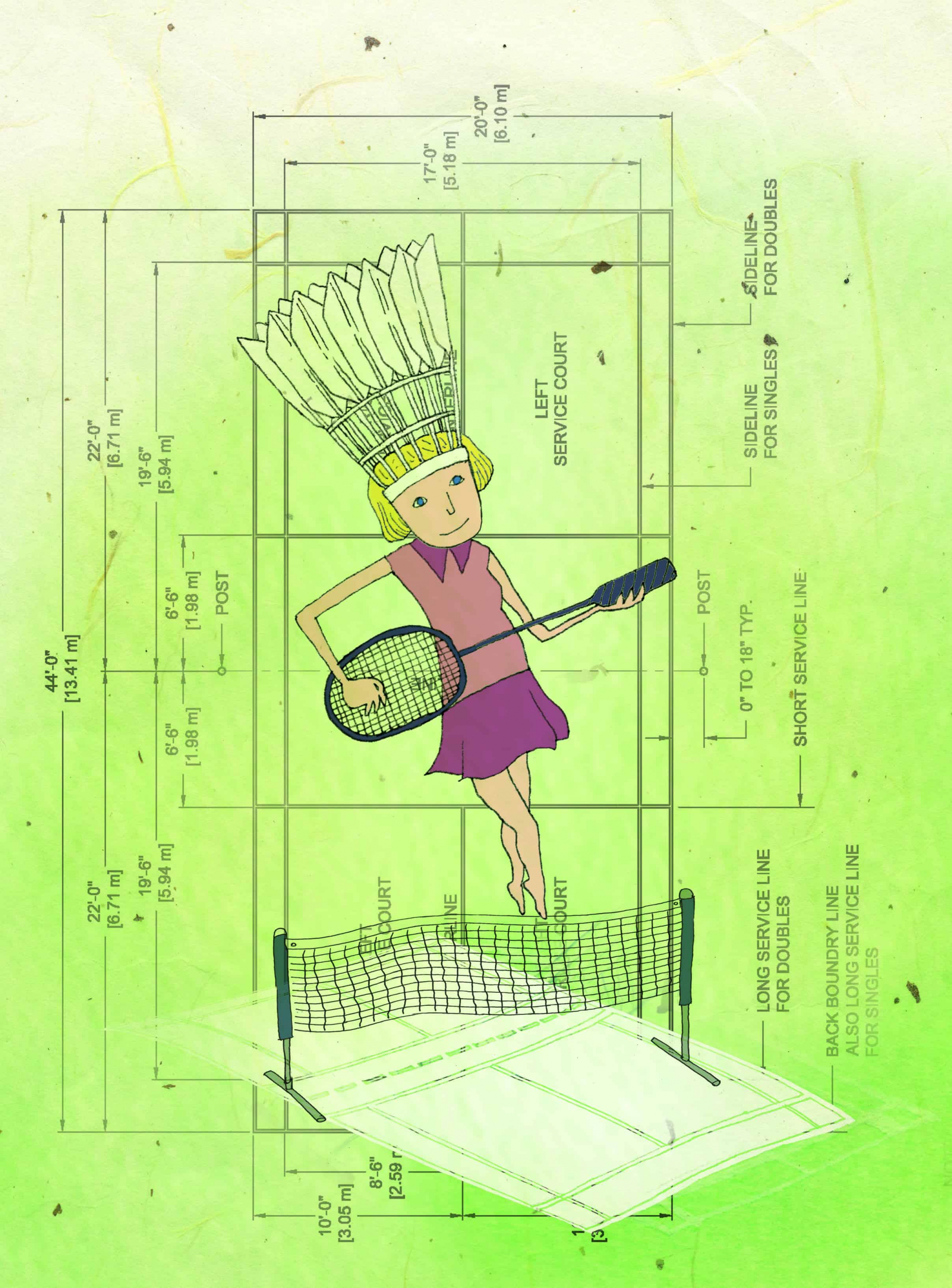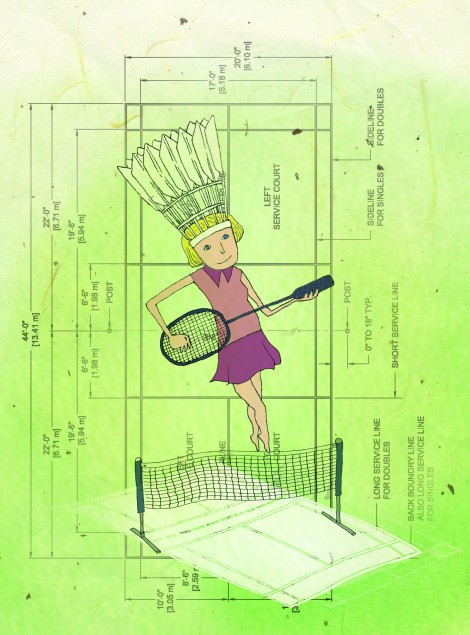Playing a game of competitive badminton can be a high energy and stamina-building activity. Bethany So knows that better than most: the OUA female Rookie of the Year led the Varsity Blues to second place at the 2012 OUA badminton championship this month.
“Badminton is one of those sports where you have to be interested and willing to spend your time to see improvement,” says So. “It’s one of those odd sports where technique and skill make a really big difference. My coach always says that there are a lot of badminton players, but not all of them are athletes.
“It takes time no matter whether you’re an athlete or not to become a good and decent player.”
The basic requirements for playing good badminton differ depending on whether you’re playing singles, doubles, or mixed doubles.
So emphasizes the importance of footwork in singles matches. “You need to be able to move to the [shuttlecock], control your court, move your opponent around, and just stay in control of the game.”
Proper technique and skills are important for any badminton player.
Fitness: “You need endurance, speed, and explosiveness,” says So, who goes on long runs of up to 40 minutes and shorter sprints to increase her aerobic capacity. Skipping is also a good form of exercise because of the jumping involved in badminton. Doing 100 double skips in a row is a common drill for badminton players.
Footwork: “You have to know how to move to the bird and take the right amount of steps,” says So, who recommends moving to all six corners of the court. “Once you do it enough times, your feet know how to get to the bird. It comes automatically.”
Wristwork: So suggests using a training racquet to practise swinging with your wrist. An alternative for building wrist strength is to tie a towel onto the top of your racquet to make it heavier.
Stroke: “In a game, you should be focused on how your opponent is moving and the type of shots you want to hit to your opponent,” stresses So. “Some people are better at hitting lighter, more controlled shots, while others are better at hitting power shots… There are some shots that are more advanced, take more control, or that you have to time better. You learn the basic shots first and then you refine them.”
So says it’s important for begginers to learn how to “clear”: hitting from the backcourt to the opposite backcourt. “It sets the basis for all your other shots,” says So. “When you hit high, it forces players to reach up high and follow through. You adjust your shots according to a clear.”
The “drop shot” is another important technique in badminton. It’s a soft shot to the front.
A strong defense is important for singles players. “You can’t attack without defense,” insists So. “You have to be able to return the shot before you attack, which requires you to get to the bird on time.”
Once you’ve mastered the drop shot, you can use the more skillful “reverse slice,” which requires you to turn your wrist outwards as you hit the bird. “It’s a deceptive shot because it makes the bird spin the opposite way first, and then it goes back to its original spin and slows down so that it drops straight down,” says So.
The “net spin” is a big singles shot. “It’s when you make a soft shot at the net and you hit the bird so that it spins and rolls over the top of the net,” explains So. “If it’s done well, it’s hard to return.” You can add spin by making a bowl-shaped curve with your racquet and slicing the bird.
Mental strength: “Singles matches are tough because you’re on your own,” says So. “You don’t have a partner to cheer you on and help you if you’re going through a rough time… Play for yourself, focus on your goals, and don’t worry about external things.”
So understands the frustration involved in trying a new sport, especially one that requires precise techniques and skills. “Your goals will slowly progress,” encourages So. “I went from winning one match in a tournament to winning consolations, winning quarters, making semis, and then finals.”



